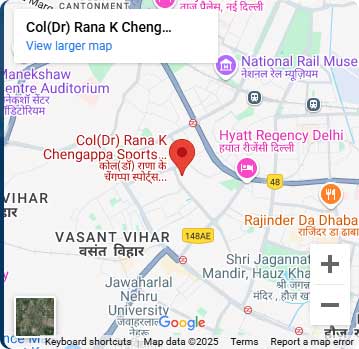Do you feel low back pain while long hours of sitting?
Low back pain is a public and occupational health problem that is a major professional, economic and social burden. The general population will experience an episode of LBP during its life time, and recurrence rates are high.LBP has become the leading cause of exclusion from work before the age of 45.
What is low back pain?
Lower back pain affects the lumbar region of your spine or back. It can result from many different injuries and conditions. Most often, the cause is an injury to muscles or tendons in your back. Nearly everyone experiences lower back pain at some point in their lives. The pain can range from mild to severe. For most, it’s temporary. But long-lasting (chronic) lower back pain is also common — up to 23% of adults worldwide have chronic lower back pain. In extreme cases, lower back pain can make it difficult or impossible to walk, sleep, work or do everyday activities.
Given how common it is, it may be hard to tell if you should be worried about your lower back pain. Trust your gut and reach out to a healthcare provider if something feels off — or if the pain keeps you from going about your usual activities
Causes of low back pain:-
* Poor posture, such as hunching forward or lying on your belly for too long
* Smoking, drinking too much alcohol, or limited physical activity
* Jobs or activities that require heavy lifting or frequent bending and sitting for long hours
* Mental health conditions, such as depression
* Any degenerative changes: Arthritis, disc .
What are the symptoms of lower back pain?
Lower back pain can involve a wide spectrum of symptoms:-
* Come on suddenly or appear gradually.
* Happen after a specific event, like bending over to pick something up. You may hear a “pop” when it happens.
* Have an unknown trigger.
* Feel sharp or dull and achy.
* Come and go or be persistent.
* Radiate down to your buttock or down the back of your leg (sciatica).
* Feel worse in certain positions (like bending over or crouching down) and get better when lying down.
Other symptoms of lower back pain can include:
* Stiffness: It may be tough to move or straighten your back. Getting up from a seated position may take a while, and you might feel like you need to walk or stretch to loosen up. You may notice a decreased range of motion.
* Posture problems: Many people with back pain find it hard to stand up straight. You may stand “crooked” or bent, with your torso off to the side rather than aligned with your spine. Your lower back may look flat instead of curved.
* Muscle spasms: After a strain, muscles in your lower back can spasm or contract uncontrollably. Muscle spasms can cause extreme pain and make it difficult or impossible to stand, walk or move.
Treatment for low back pain
There are some conservative Treatments:-
1. Medications:- Your healthcare provider may prescription medications to relieve pain.
2. Physical therapy:- Physical therapy strengthen your muscles so they can better support your spine. PT also improves flexibility and helps you avoid another injury. It can also help with posture, alignment and body mechanics to reduce back pain.
->Physical therapy involves manual therapy and exercises:-
●Manual therapy:- It is “hands-on” treatments which relax tight muscles, reduce pain and improve posture and alignment. Depending on the cause of the pain.
●Exercise therapy:- It gives strength in your muscles and improve flexibility.
Mrs. Paridhi Dahita PT (BPT MPT Orthopedics)




